Summary
- The $799 Phone (3) is Nothing’s first “flagship” handset. For the price, the phone offers a bright AMOLED panel, the capable Snapdragon 8s Gen 4 chipset, and a 50MP triple camera setup.
- Compared to the Phone (3), the Galaxy S25 features a more powerful Snapdragon 8 Elite chipset, mmWave 5G connectivity, and longer software support.
- For a similar price, the iPhone 16 offers 128GB of storage, but it compensates for that with the A18 (3nm) chip, extensive customization options in iOS 18, and faster MagSafe wireless charging.
The Carl Pei-led startup Nothing has just launched its first “flagship” smartphone: the Phone (3). By pricing the phone at $799, the brand is taking on well-established models like Samsung’s Galaxy S25 and Apple’s iPhone 16. However, does it stand a chance against the competition? Let’s find out.
Price and Availability
Pre-orders for Nothing Phone (3) begin July 4, and the general sale commences on July 15. The base variant, which comes with 12GB of RAM and 256GB of storage, costs $799.
Samsung released the Galaxy S25 in January 2025. It is currently available at $719.99 for the 128GB and $779.99 for the 256GB variant.
Apple’s iPhone 16 was officially announced in September 2024. It is currently available at $799 for the 128GB and $899 for the 256GB variant.
Nothing Doesn’t Play Safe With Design
Nothing has established its brand on unique aesthetics, and the Phone (3) isn’t very different at all. It isn’t the thinnest or lightest phone on the market, but it is the most unique-looking handset, featuring a transparent back panel that houses the Glyph Matrix display (consisting of 489 LEDs) at the top right corner.
Available in white and black colorways, the Phone (3) has an aluminum frame, Gorilla Glass Victus back, and is rated IP68 for dust and water resistance.
The Galaxy S25, on the other hand, is among the thinnest (7.2 mm) and lightest (162 grams) compact flagships on the market. With a punch-hole screen at the front (featuring minimal bezels), the phone boasts an aluminum frame, Gorilla Glass Victus 2 on both the front and rear, and an IP68 rating.
Beating every other handset in the segment, the Galaxy S25 is available in seven different colors: Navy, Mint, Icy Blue, Silver Shadow, Blueblack, Coralred, and Pinkgold.
The iPhone 16 is even smaller (but thicker and heavier) than the Galaxy S25. It features the Dynamic Island (pill-shaped cutout on the screen), a textured-aluminum frame, an IP68 rating (immersible up to 6m for 30 minutes), and a color-infused glass back with a matte finish.
The iPhone 16 is available in Black, White, Pink, Teal, and Ultramarine colors.
Nothing Phone (3) Has the Biggest Screen
Between the three phones, the Phone (3) features the biggest 6.67-inch AMOLED screen with a resolution of 2,800 x 1,260 pixels (460 ppi), and an outdoor brightness of 1,600 nits (and a local peak brightness of 4,500 nits).
However, since it uses an LTPS panel, the refresh rate only cycles between 30Hz and 120Hz (it appears that Nothing has cut some corners here). Nonetheless, the screen also implements 2,160Hz PWM dimming for a flicker-free experience.
Samsung’s latest flagship, the Galaxy S25, sports a smaller 6.2-inch Dynamic LTPO AMOLED panel with a resolution of 2,340 x 1,080 pixels and a peak brightness of 2,600 nits.
Since the phone has an LTPO panel, it can dynamically switch the refresh rate between 1Hz and 120Hz (in the Adaptive mode). It also features better screen protection: Gorilla Glass Victus 2 vs. Gorilla Glass 7i on the Phone (3).
Coming to the iPhone 16, it has an even smaller 6.1-inch Super Retina XDR OLED screen with a resolution of 2,556 x 1,179 pixels (460 ppi). The screen can shine as bright as 2,000 nits in the high-brightness mode, but its refresh rate is locked at 60Hz (which disappoints me to my core).
Protecting the iPhone 16’s screen is a layer of Ceramic Shield Glass (the newer version released in 2024). While the Phone (3) and the Galaxy S25 support HDR10+, iPhone 16 supports HDR10 and Dolby Vision.
Snapdragon 8s Gen 4 vs. Snapdragon 8 Elite vs. Apple A18
I would like to begin this section by stating that the Snapdragon 8s Gen 4 (4nm) on the Phone (3) is not a top-tier flagship processor, as Qualcomm designed it for upper-midrange smartphones (the ones that we often refer to as “flagship killers”).
The Snapdragon 8s Gen 4 features a 3.21GHz prime core, the Adreno 825 GPU with hardware-accelerated ray tracing, and the Hexagon NPU. Nothing pairs the chipset with up to 16GB LPDDR5X RAM and 512GB UFS 4.0 storage.
While the memory and storage specifications mirror true flagships, the processor remains an exception.
On the Galaxy S25, you get the Snapdragon 8 Elite (for Galaxy) chip based on TSMC’s 3nm fabrication technology. With two 4.32GHz prime cores, the processor also has the Adreno 830 GPU (performs better than the Adreno 825) and Qualcomm’s Hexagon NPU for on-device AI processing.
Besides, Samsung equips its latest flagship with 12GB LPDDR5X RAM and up to 512GB of UFS 4.0 storage.
Unlike the other two phones with an octa-core CPU, the iPhone 16 has a hexa-core A18 (3nm) chip with two 4.05GHz performance cores, a capable GPU that can handle AAA video gaming, and a 16-core Neural Engine that assists with the Apple Intelligence tools.
You get 8GB LPDDR5X RAM and up to 512GB of NVMe storage on the iPhone 16.
GeekBench 6 | Single-Core Score | Multi-Core Score |
Nothing Phone (3) | 2,076 | 6,577 |
Samsung Galaxy S25 | 2,473 | 8,932 |
Apple iPhone 16 | 3,194 | 7,838 |
Nothing OS vs. One UI vs. iOS
Out of the box, the Phone (3) runs on Nothing OS 3.5, a custom skin based on Google’s Android 15 operating system. It offers a clean, minimal user interface with several customization options for fonts, icons, themes (including the popular monochrome look), and includes the new Essential Search (reminds me of Spotlight Search).
With the Nothing Phone (3), you’ll get five years of operating system updates and seven years of security updates. The company has also promised to launch Nothing OS 4.0 (based on Android 16) later this year.
The Galaxy S25 runs on One UI 7 (based on Android 15) and features extensive customization options, more vibrant icons, and integrates Google’s Material You adaptive theme. While Nothing OS incorporates subtle AI-based features, One UI 7.0 takes a more comprehensive approach with Agentic AI that can multi-step tasks (that involve accessing different apps).
These abilities are in addition to the existing Galaxy AI features. All the phones in the Galaxy S25 lineup are set to get seven years of Android and security updates. The next big update — One UI 8 — is already available in beta on the handset.
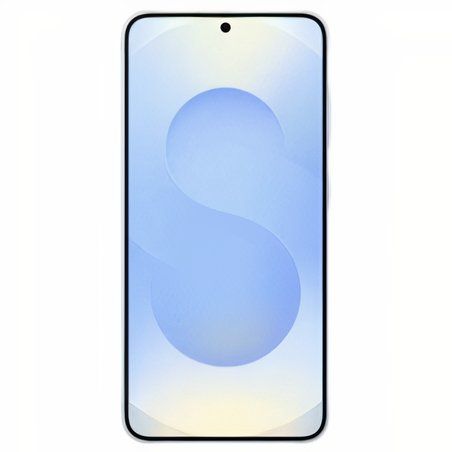
- SoC
-
Snapdragon 8 Elite for Galaxy
- Display
-
6.2″, 2340 x 1080, Dynamic AMOLED, 120Hz
- RAM
-
12GB
- Storage
-
128GB, 256GB
- Battery
-
4000mAh
- Ports
-
USB-C
The Samsung Galaxy S25 is a powerful and compact smartphone with a 6.2-inch Dynamic AMOLED 2X display and a 120Hz refresh rate. It is powered by the Snapdragon 8 Elite processor, 12GB of RAM, and a 4,000mAh battery with 25W Super Fast Charging.
The iPhone 16 currently runs on iOS 18.5, which is Apple’s most customizable iPhone operating system to date. It lets me place icons anywhere on the home screen, rearrange or resize app icons (and their colors), and features a revamped Control Center, a new Photos app (which received mixed reactions, and the ability to change default apps.
While iOS 18.2 introduced Apple Intelligence tools like Genmoji, Image Playground, Image Wand, ChatGPT Integration in Writing Tools, Siri, and Visual Intelligence, I’m excited for the iOS 26 stable update, which will roll out with the iPhone 17 and iPhone 17 Pro models.
Regarding software update policy, Apple doesn’t commit to a specific number, but iPhones typically receive the latest iOS updates for around five years after launch.
Phone (3) and Galaxy S25 Provide Triple Cameras
Nothing’s latest handset features a triple camera setup consisting of a 50MP (f/1.7, OIS) primary sensor, a 50MP (f/2.7, OIS) secondary sensor with a 3x optical zoom lens, and a 50MP (f/2.2, 114°) ultrawide sensor. The front camera is also a 50MP (f/2.2) sensor.
Some camera-related features include 4K Ultra XDR recording (up to 60 fps), a 6x in-sensor and 60x hybrid zoom, a dedicated Action Mode for super-stabilized footage, and a macro mode for capturing close-up shots of smaller subjects. Moreover, the Phone (3)’s camera specifications look promising.
The Galaxy S25 also provides three rear-facing cameras. There’s a 50MP (f/1.8, OIS) primary sensor, a 10MP (f/2.4, OIS) secondary sensor with a 3x telephoto lens, and a 12MP (f/2.2, 120°) ultrawide sensor. The front camera, however, is a 12MP (f/2.2) sensor with phase-detection autofocus.
Thanks to the sheer processing power of the Snapdragon 8 Elite, the Galaxy S25 can capture 8K video (up to 30 fps), record in 10-bit HDR, and Galaxy Log. The telephoto sensor doubles as a macro shooter (with a focusing distance of 12.5 cm). Additional features include 30x hybrid zoom, ExpertRAW, Audio Eraser, and Generative Edit.
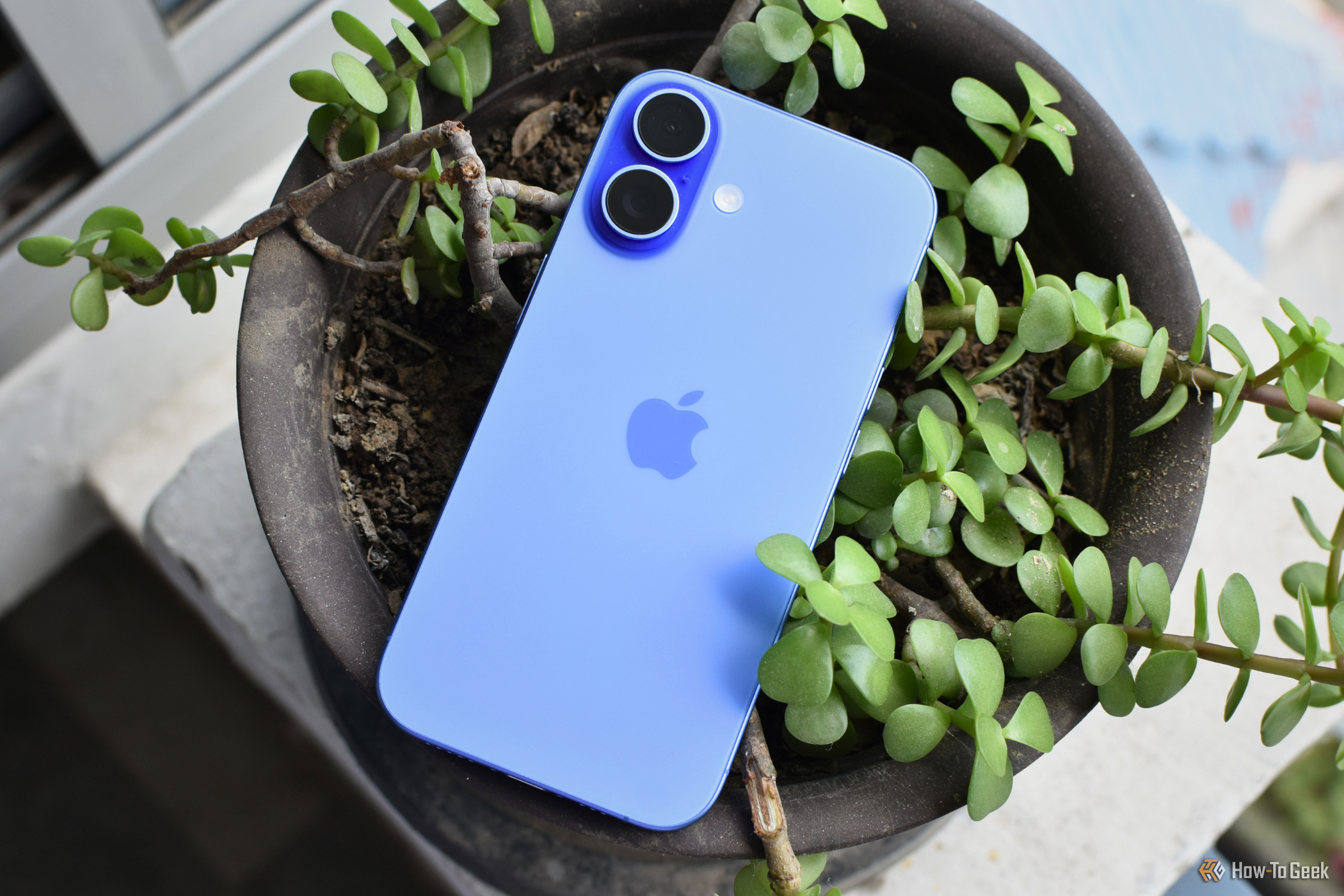
I Upgraded From an iPhone 13 to an iPhone 16: Here’s What I Noticed
What’s it like living with the iPhone 16?
Talking about my iPhone 16’s cameras, it has a very basic dual-rear camera setup with a 48MP (f/1.6, sensor-shift OIS) primary sensor, a 12MP (f/2.2, 120°) ultrawide sensor, and a 12MP (f/1.9) selfie camera with dual-pixel autofocus. It can’t record 8K videos like the Galaxy S25, but it certainly captures sharp 4K Dolby Vision footage (60 fps) with excellent stabilization.
Other features include 4K Cinematic Mode, Spatial Video, Wind Noise Reduction, and Audio Mix. You can also toy around with the latest-generation Photographic Styles, which give you more control over the tones and hues in a picture, and use the Camera Control button to capture a moment quickly.
Nothing Phone (3) Should Provide More Usage Time
The Phone (3) features the biggest and fastest-charging battery of all the phones in this comparison: a 5,150 mAh silicon-carbon battery that supports 65W wired charging and 15W wireless charging (though it doesn’t support the Qi2 protocol). You also get 7.5W reverse wired and 5W reverse wireless charging.
Due to its smaller form factor, the Galaxy S25 packs a 4,000 mAh battery, supporting 25W wired, 15W wireless (Qi2-Ready), and 4.5W reverse wireless charging. According to Samsung’s official product page, the handset offers up to 29 hours of video playback.
The iPhone 16 features an even smaller 3,561 mAh battery that supports around 30W wired charging, 25W MagSafe charging (with 30W adapter or higher), and Qi2 wireless charging up to 15W. According to Apple, the iPhone 16 provides up to 22 hours of video playback.
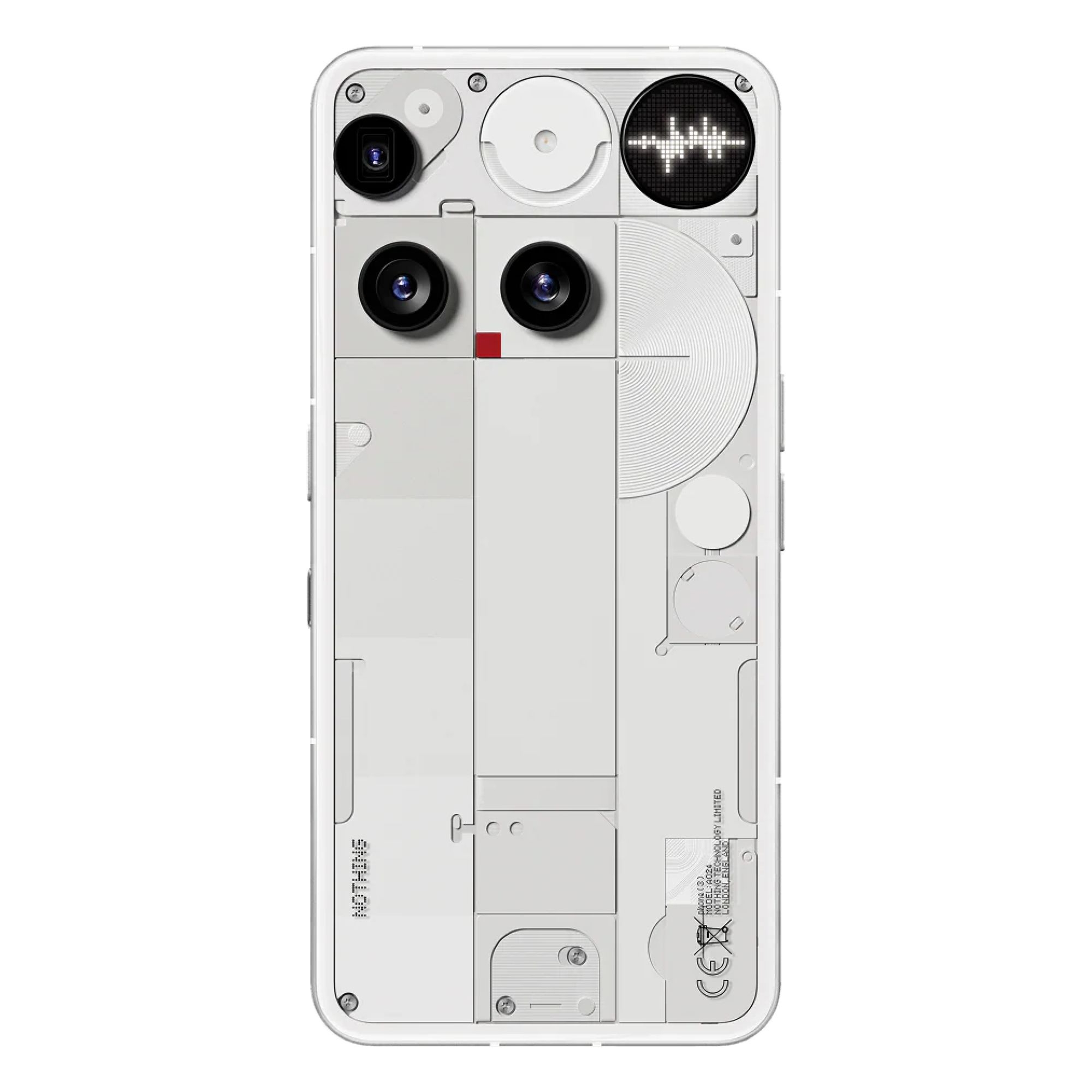
- Brand
-
Nothing
- SoC
-
Qualcomm Snapdragon 8s Gen 4
- Display
-
6.67-inch, 1260×2800 (1.5K) AMOLED
- RAM
-
12/16GB
- Storage
-
256/512GB
- Battery
-
5,150 mAh
The Nothing Phone (3) is an ambitious step forward for the brand—its first true “flagship” smartphone, packed with bold design decisions and capable hardware. It sports the Snapdragon 8s Gen 4 chip, 12/16GB RAM, 256GB/512GB storage, a sharp 1.5K AMOLED display, an upgraded triple 50MP camera array, and the new Glyph Matrix, which replaces the original Glyph Interface with more functionality and flair. Design-wise, it’s divisive. The periscope lens awkwardly placed on the rear may irk some, but others will appreciate it as a quirky Nothing hallmark. Performance is smooth and responsive, battery life is solid, and the 65W charging is fast—if you have the right charger.
Galaxy S25 and iPhone 16 Provide Satellite Connectivity
The Snapdragon 8s Gen 4 chip on the Phone (3) features the X75 5G modem, which only supports sub-6GHz 5G networks. It’s worth mentioning that the device is compatible with AT&T and T-Mobile, with “limited 5G support” on Verizon’s network. Other than that, the smartphone supports Wi-Fi 7, Bluetooth v6.0, dual-band GPS, NFC, and a USB Type-C 2.0 port.
Thanks to the Snapdragon X80 5G modem, the Galaxy S25 supports both sub-6GHz and mmWave 5G networks. Besides, the S25 features Wi-Fi 7, Bluetooth v5.4, GPS, NFC, and a USB Type-C 3.2 port (faster data transfer and support for DisplayPort 1.2). Unlike the Phone (3), Samsung’s latest smartphone can send/receive messages via satellite (courtesy of Snapdragon Satellite).
Apple’s iPhone 16 features the Snapdragon X71 5G modem, which also supports both sub-6GHz and mmWave 5G networks. The iPhone also features a second-generation Ultra Wideband chip for improved spatial awareness and satellite connectivity for Emergency SOS. Other connectivity options include Wi-Fi 7, Bluetooth v5.3, GPS, NFC, and a USB Type-C 2.0 port.
Which Phone Is Right for You?
The Nothing Phone (3)’s biggest selling point is its unique design. If you like the device’s appearance and don’t mind the next-to-flagship chipset, the Phone (3) is a solid contender. While a 50MP triple camera setup, Nothing OS, and the 5,150 mAh battery are among its strengths, the LTPS panel, lack of mmWave connectivity, and limited 5G on Verizon could be concerning for some buyers.
If you’re not into quirky designs and prefer something more minimal, you can opt for a Galaxy S25 or an iPhone 16 based on your user interface preferences and the type of ecosystem you already own. Both phones offer improved performance and connectivity compared to the Phone (3).
I’ve also compiled a detailed comparison between the Galaxy S25 and the iPhone 16.


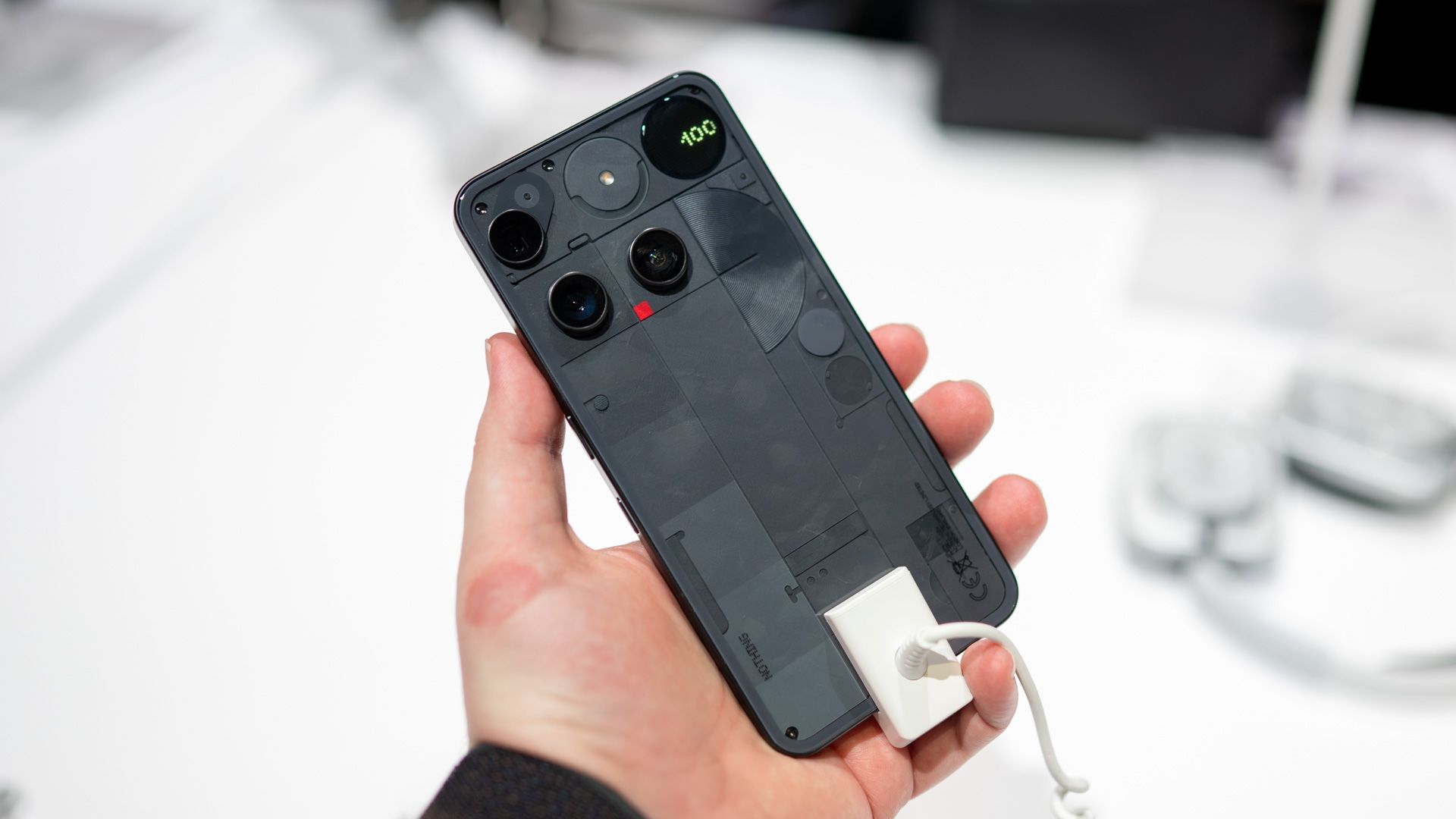
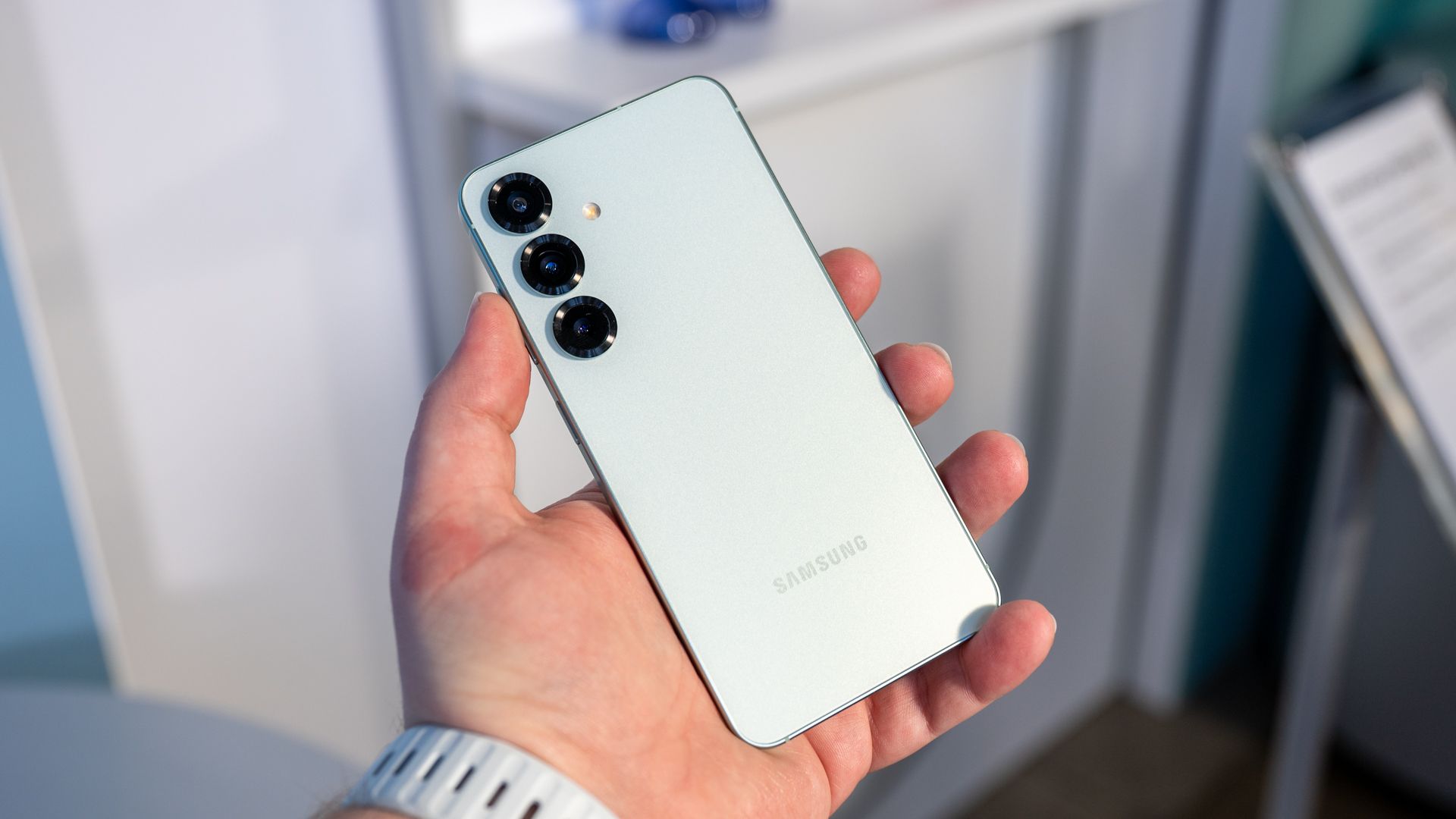
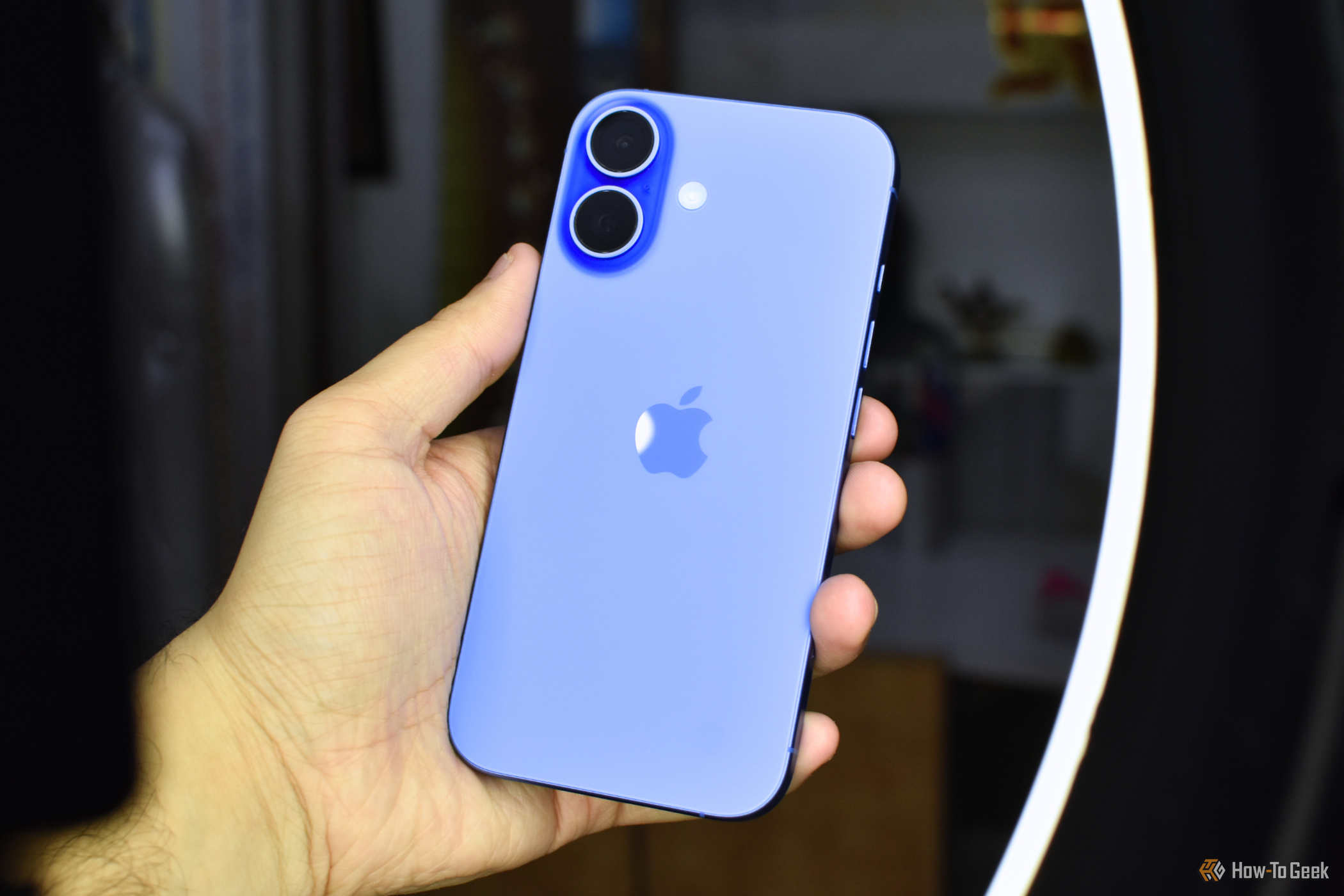

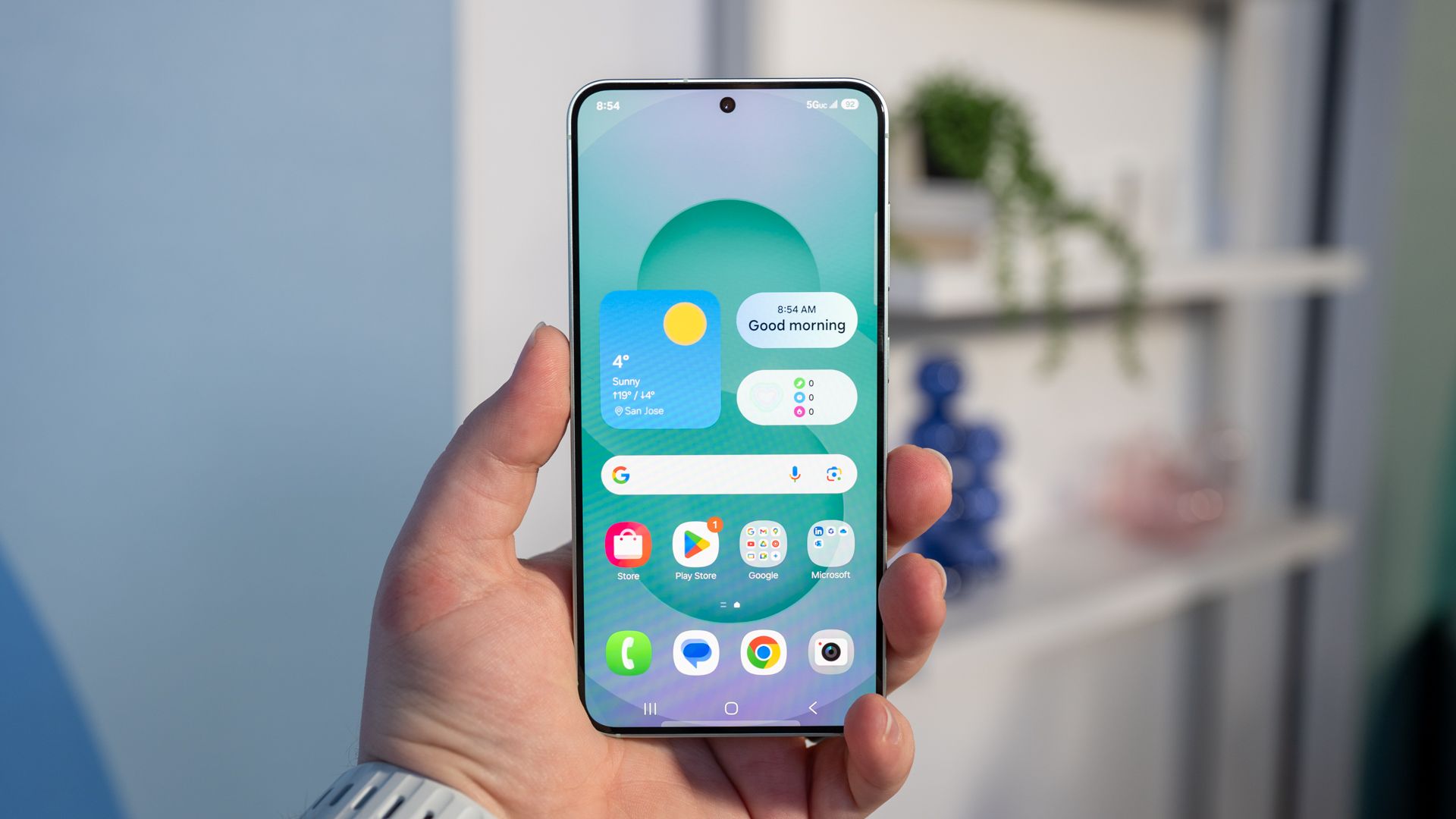
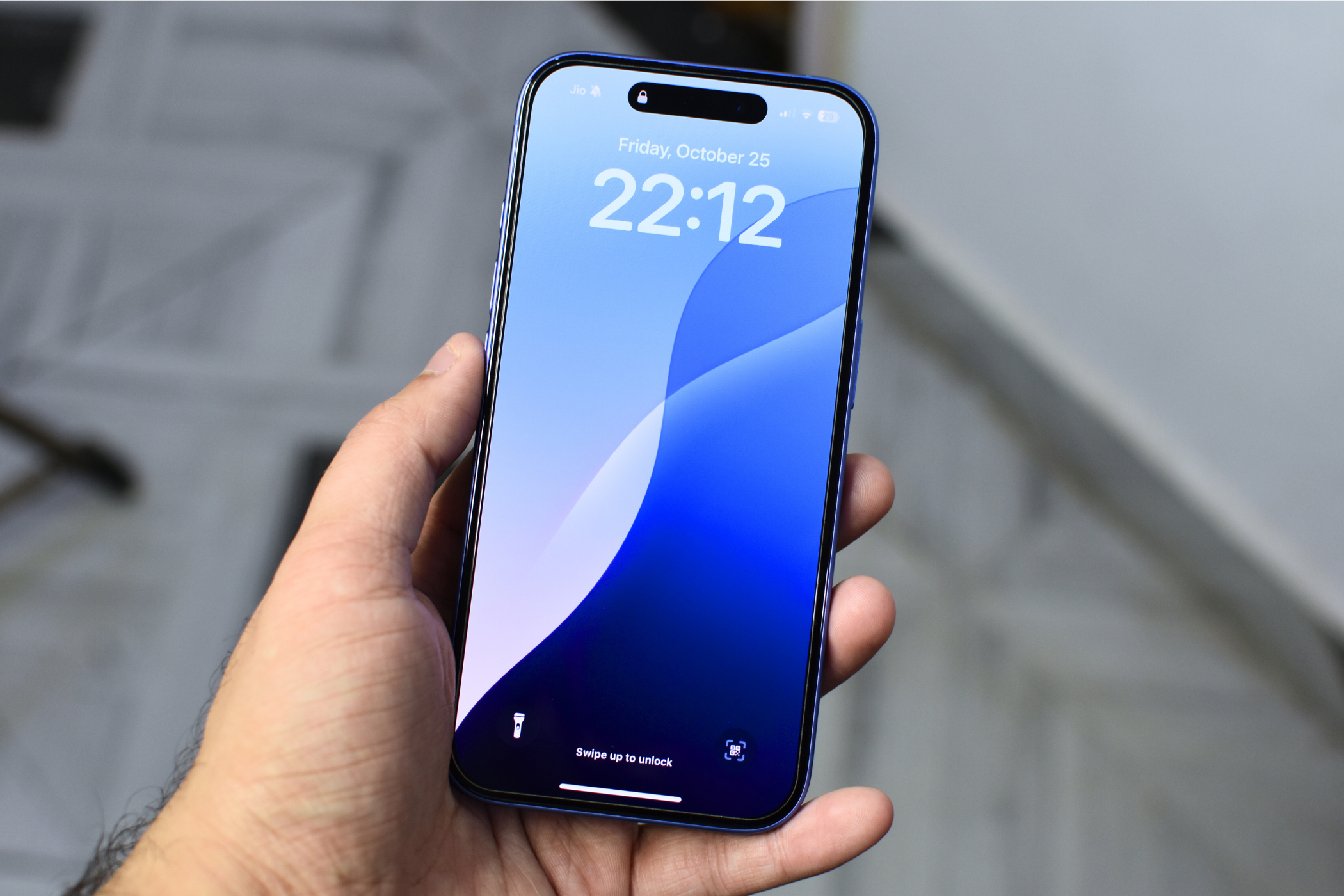
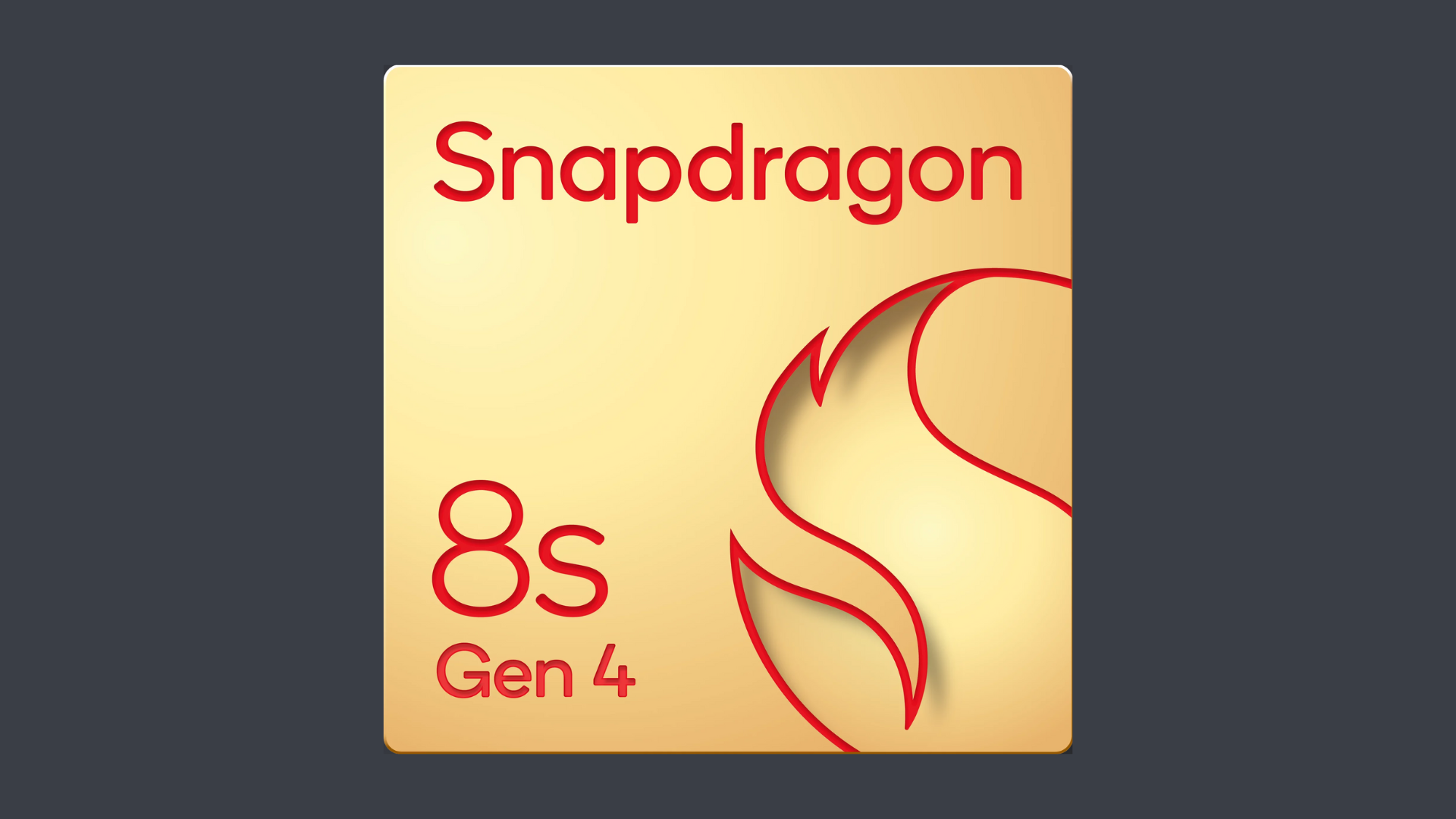

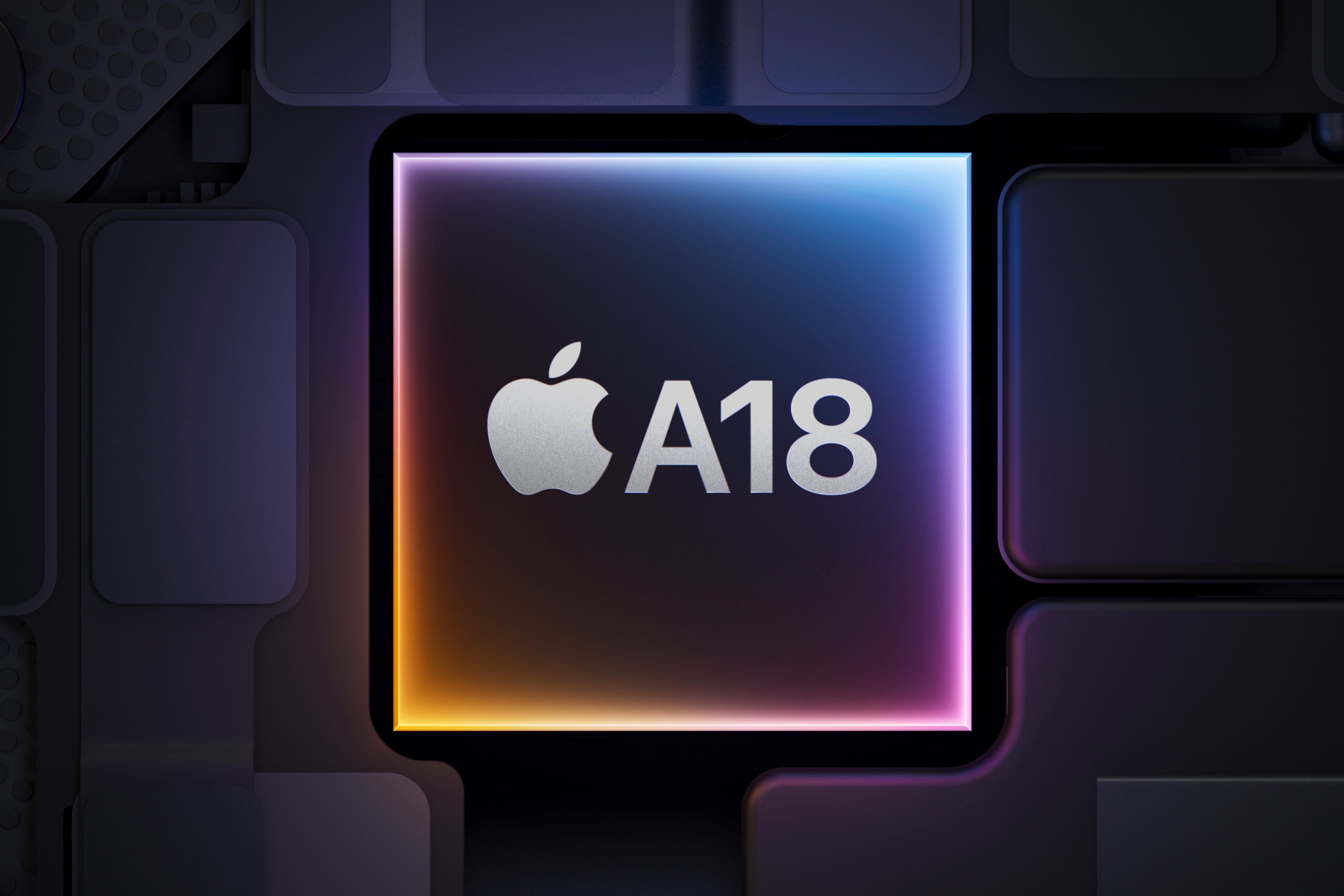
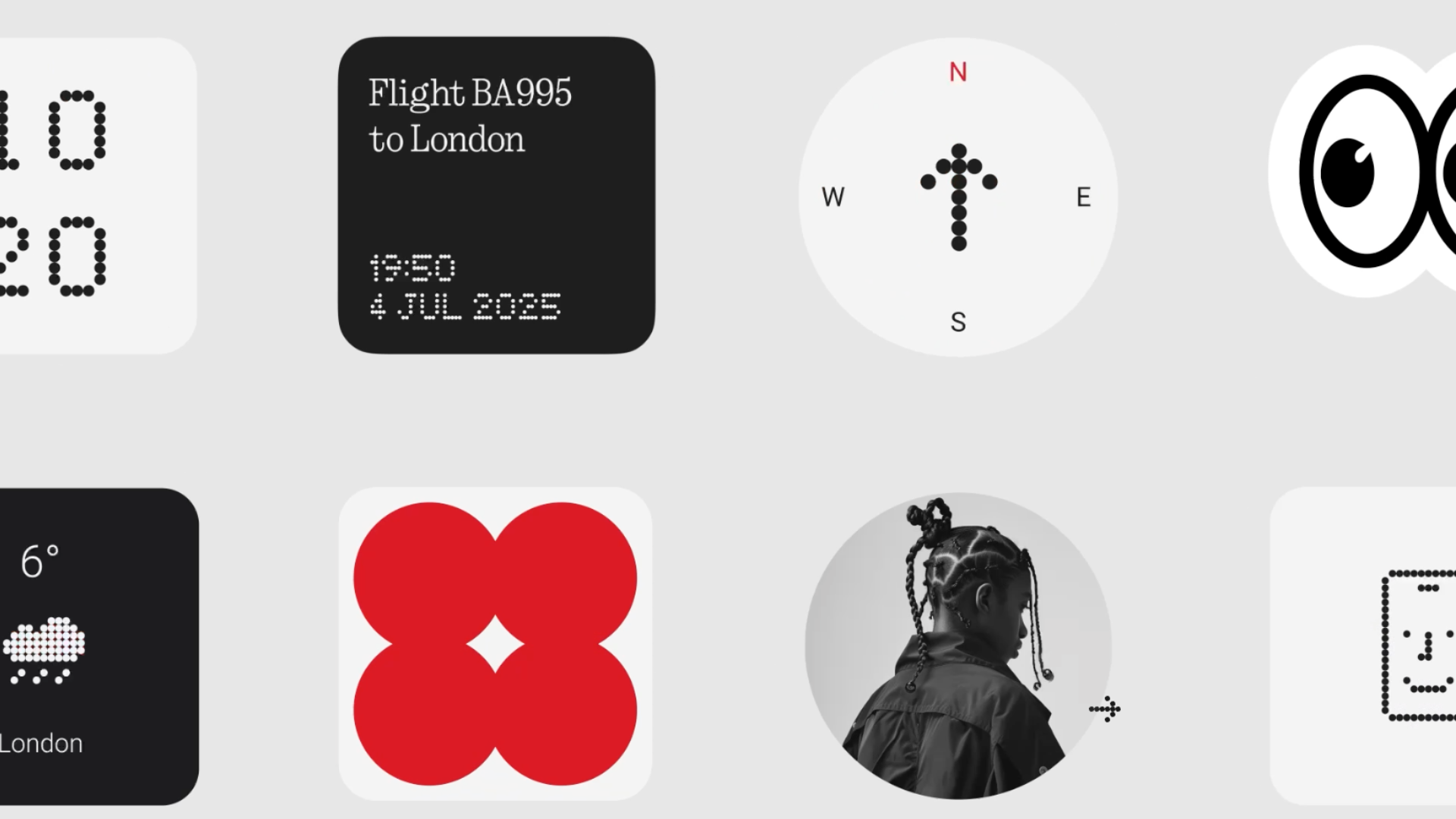
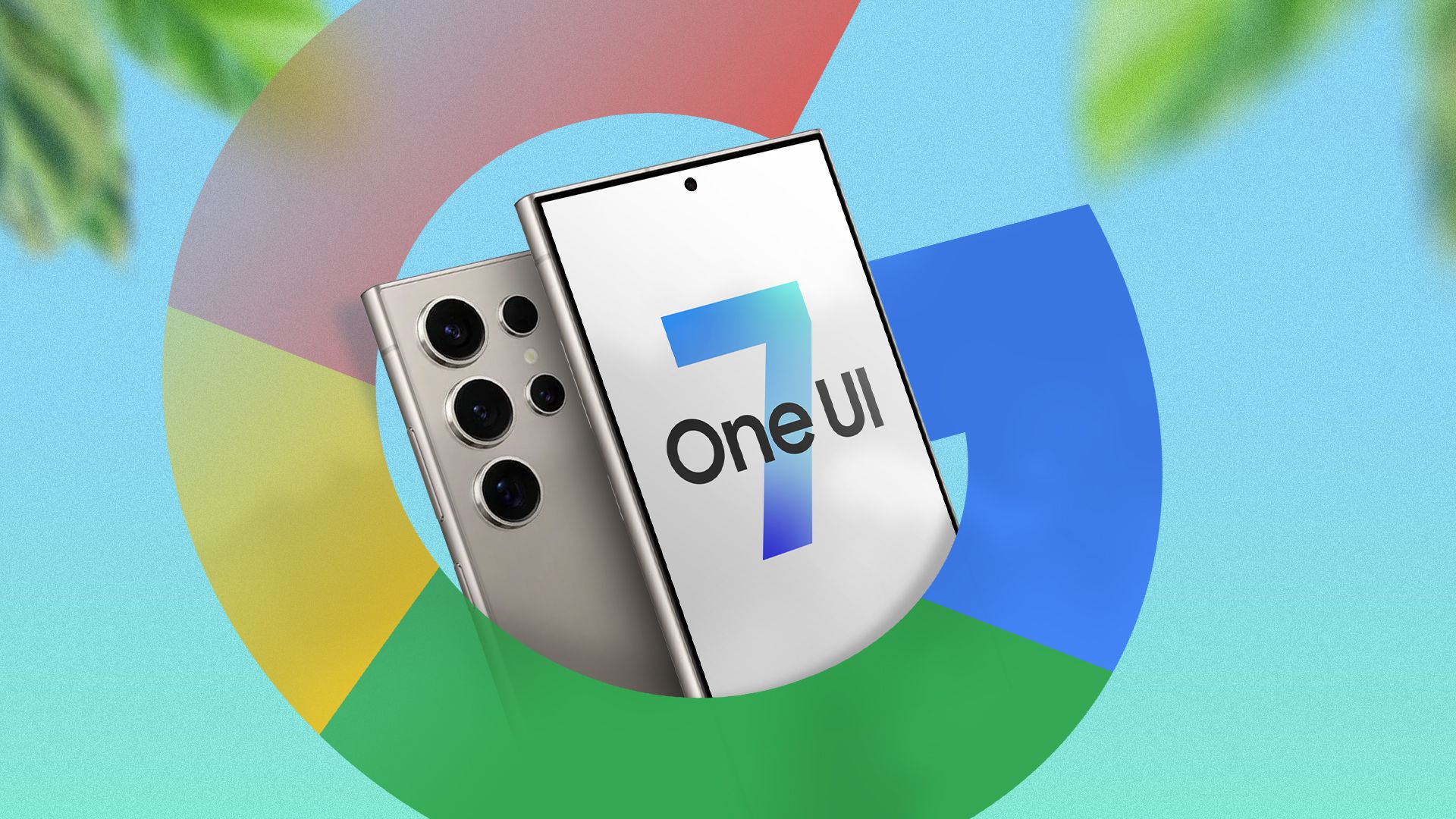
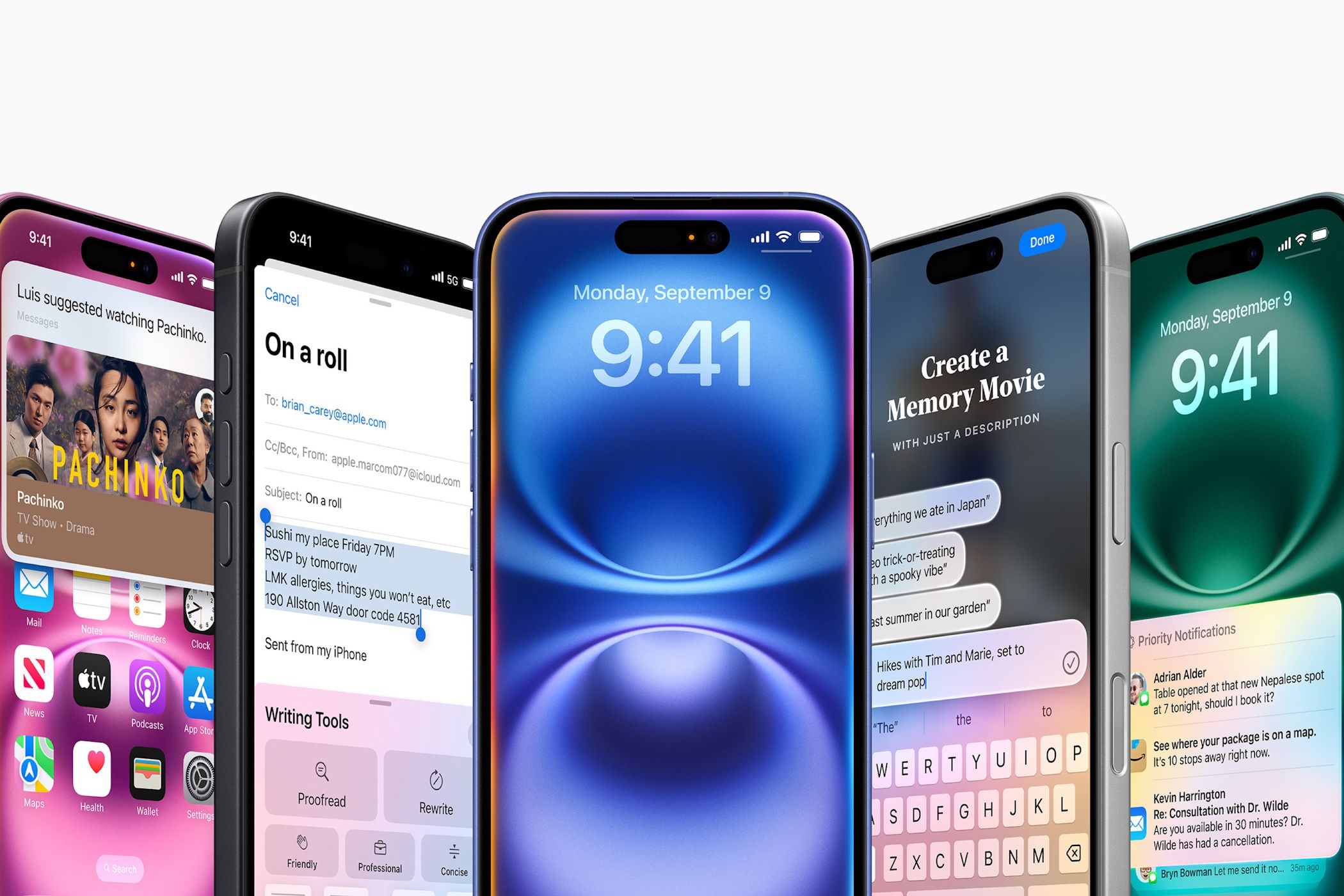
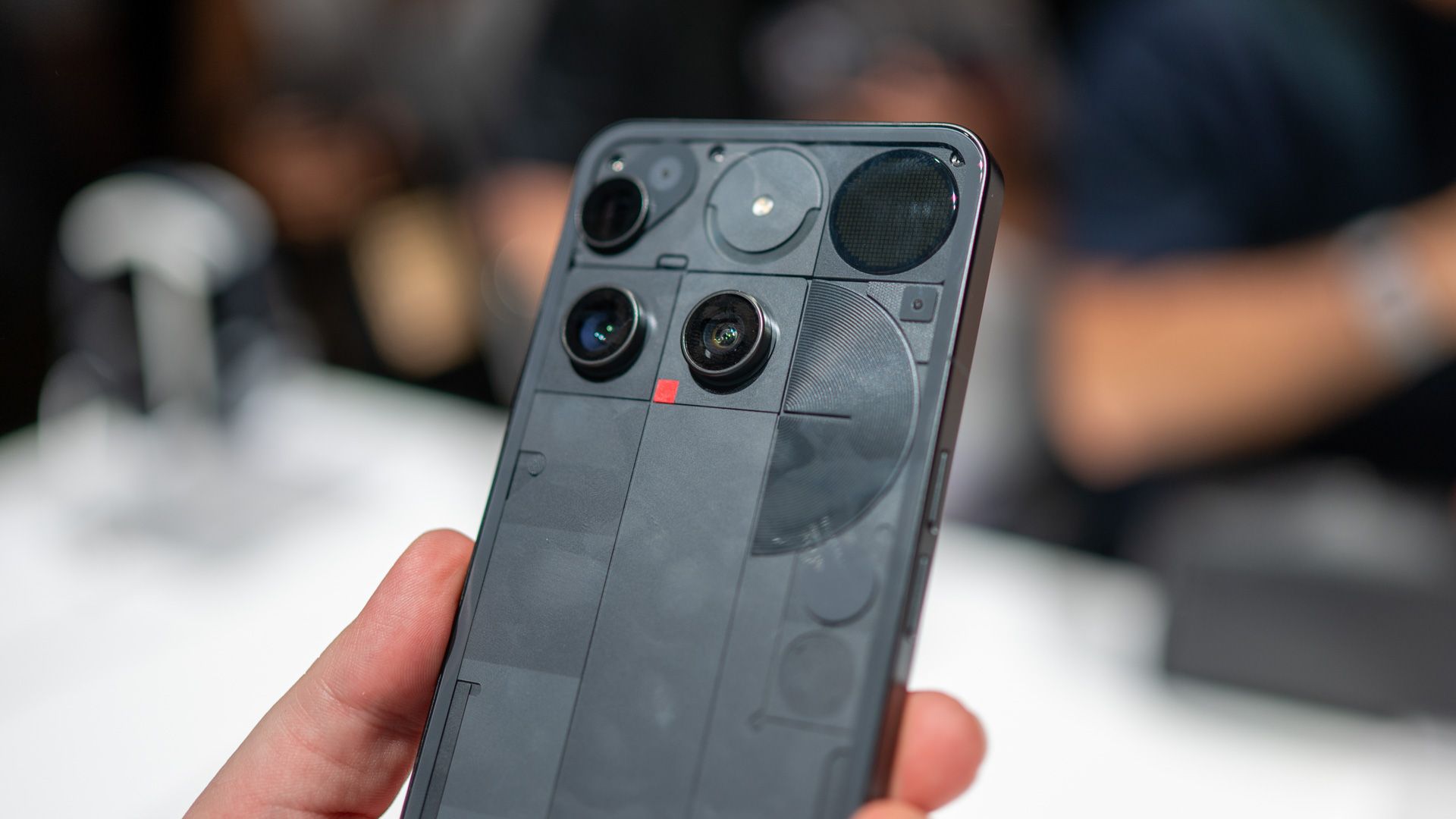
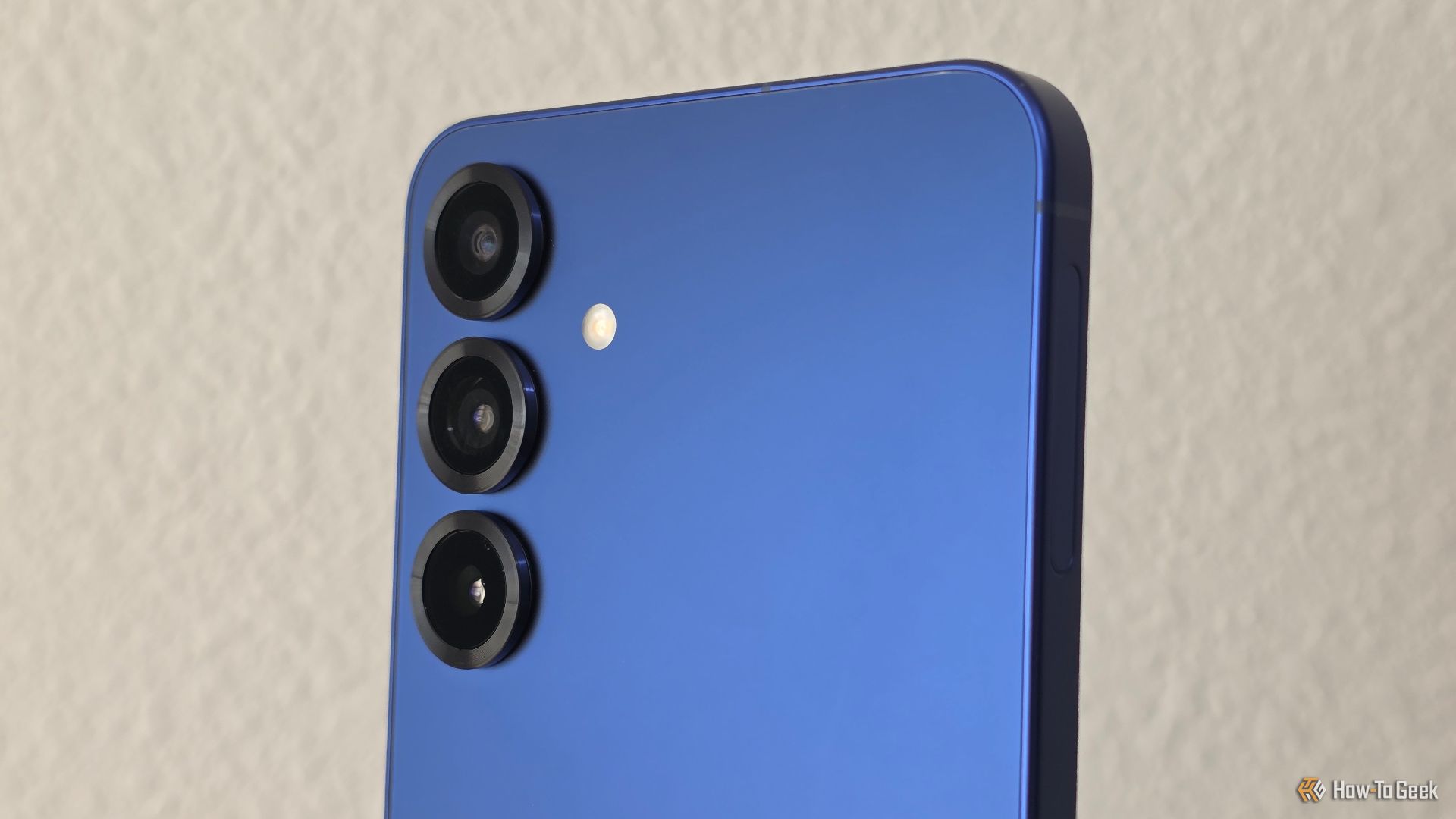
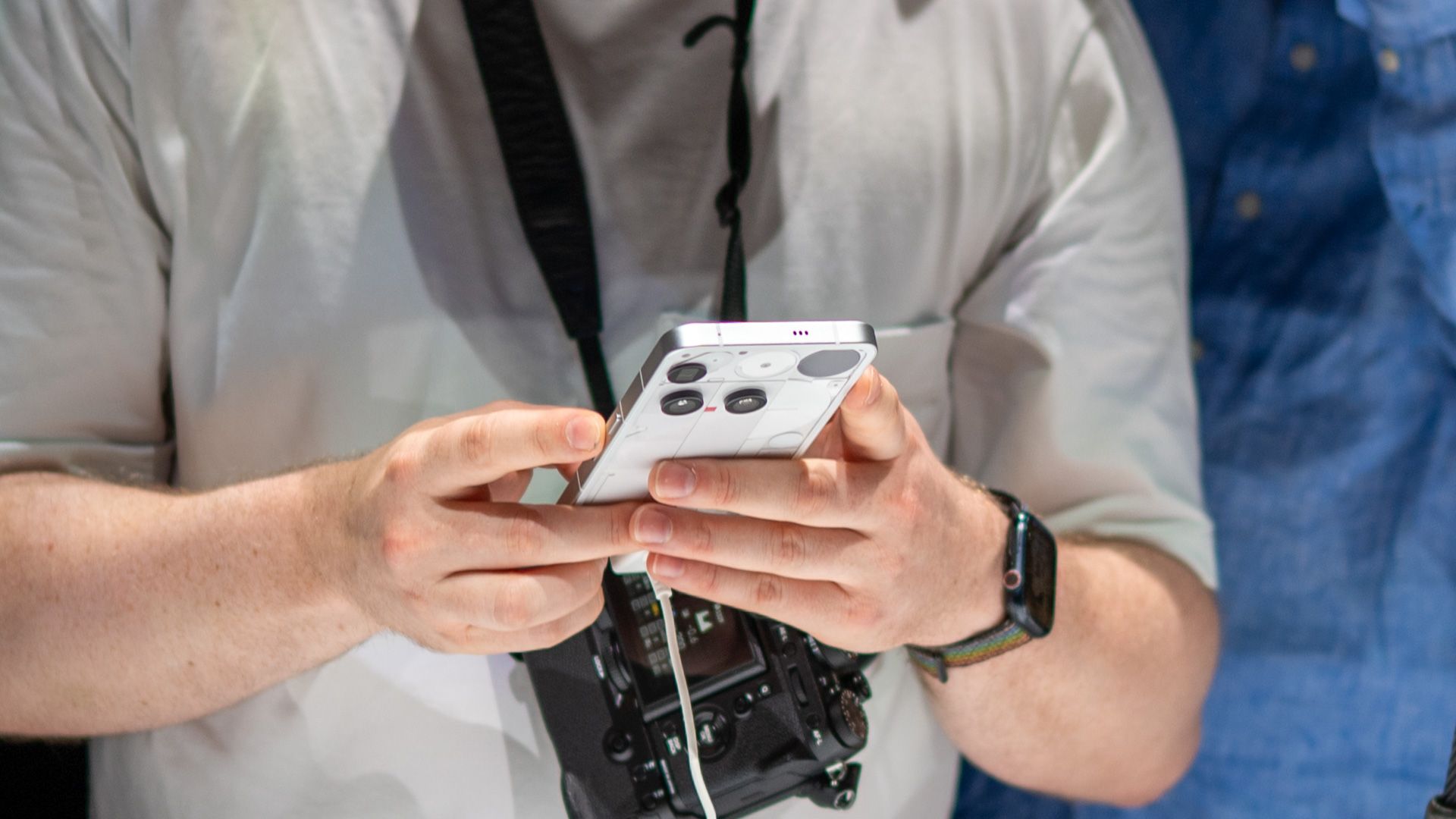
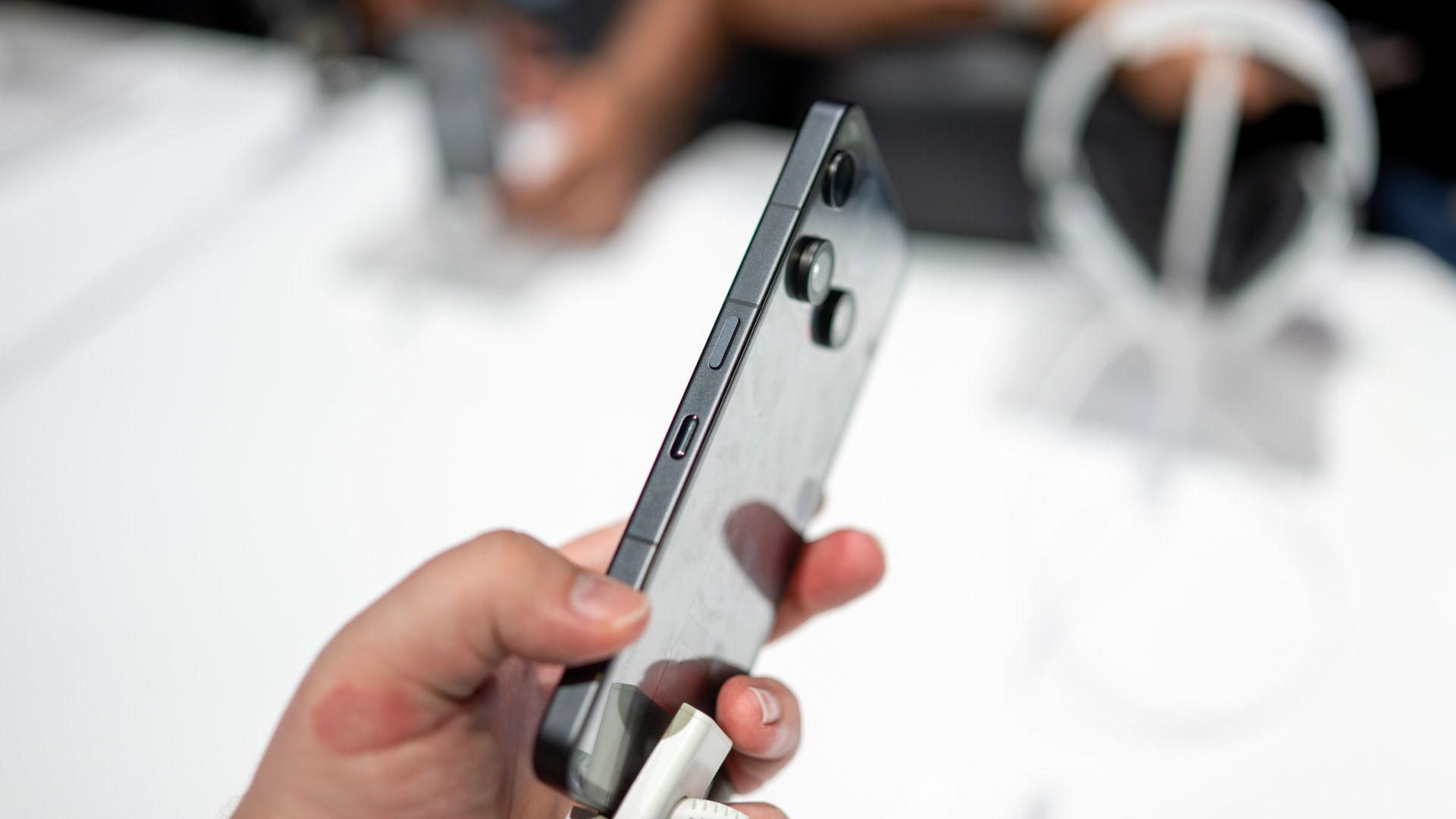
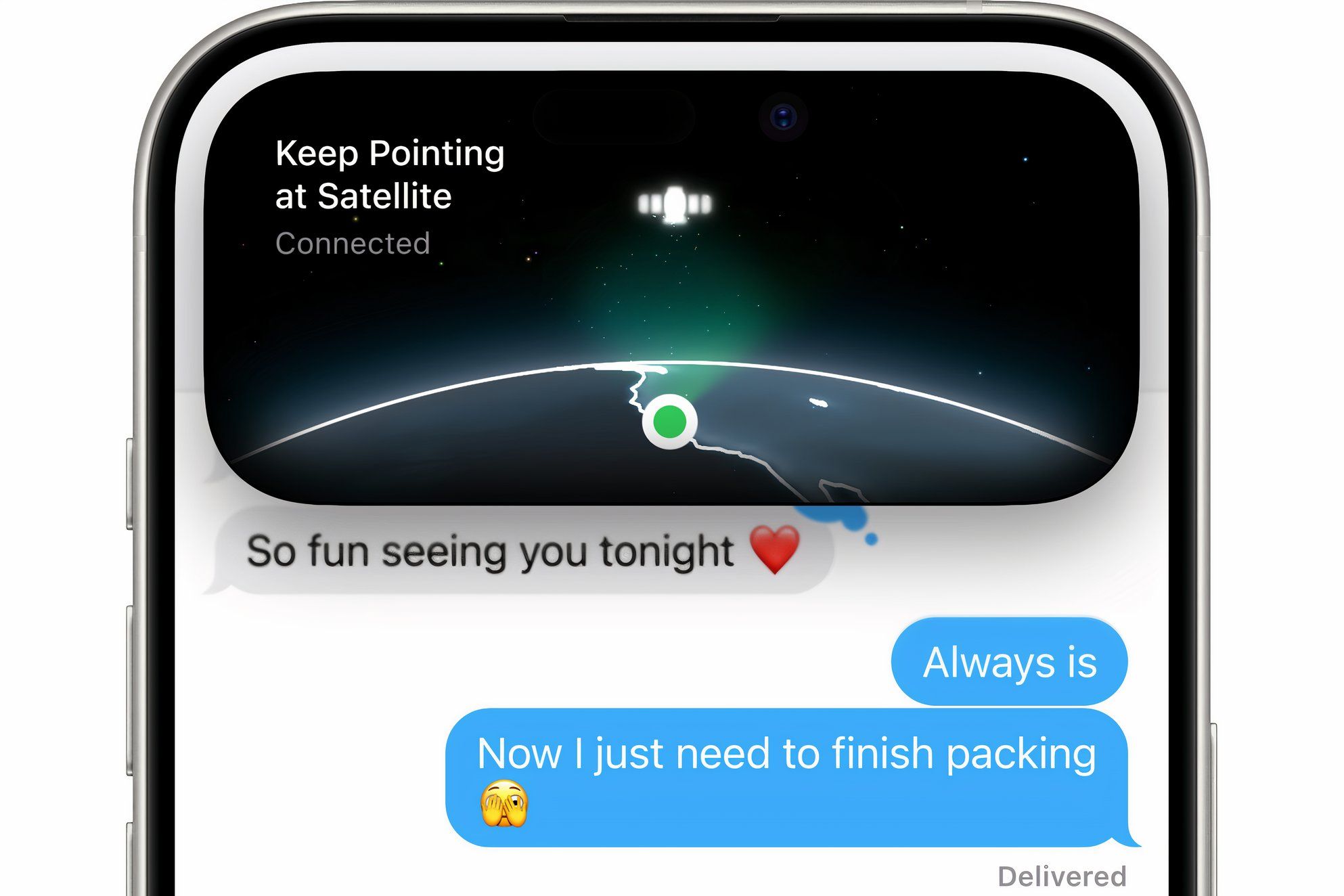
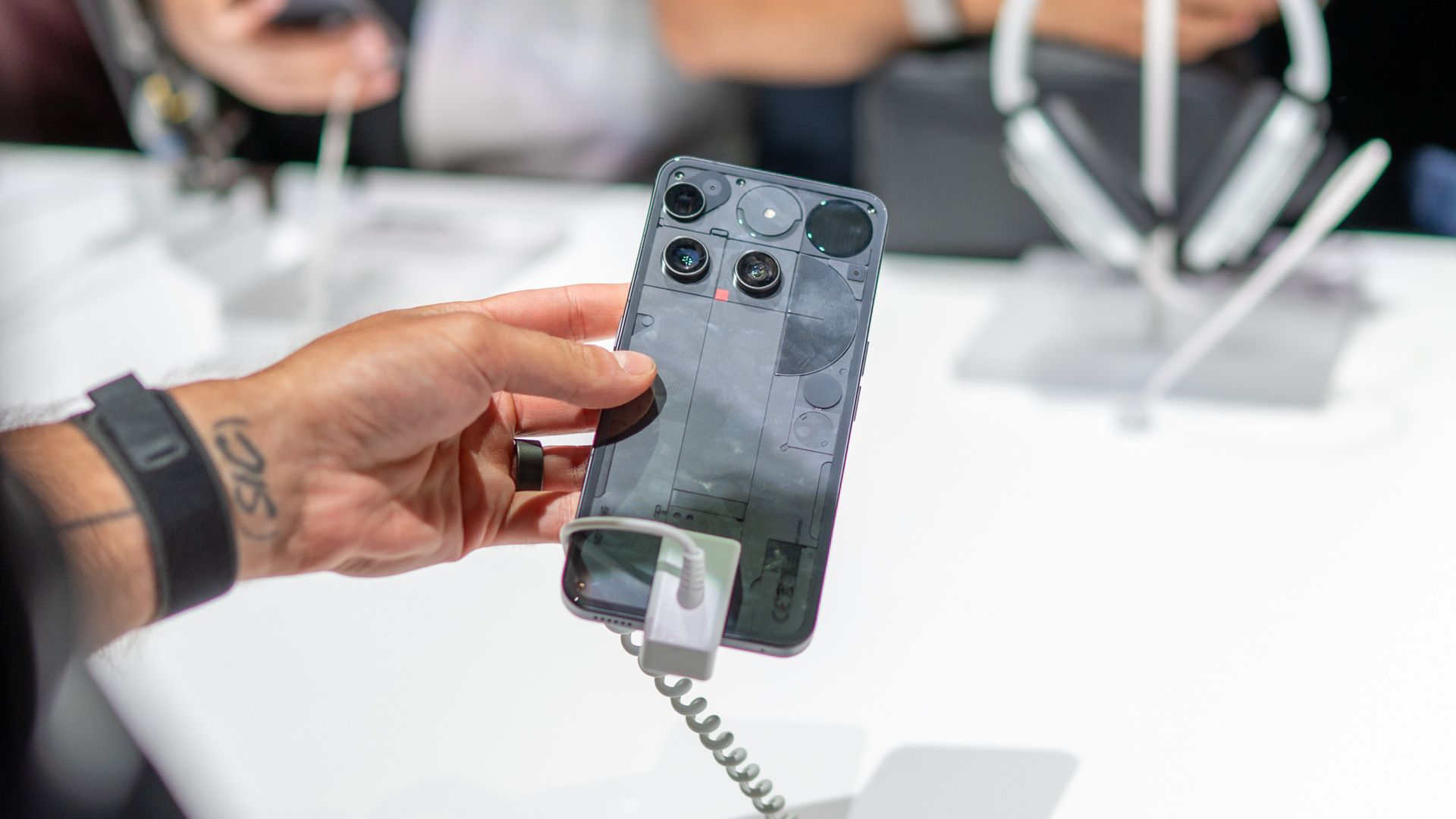





Leave a Comment
Your email address will not be published. Required fields are marked *